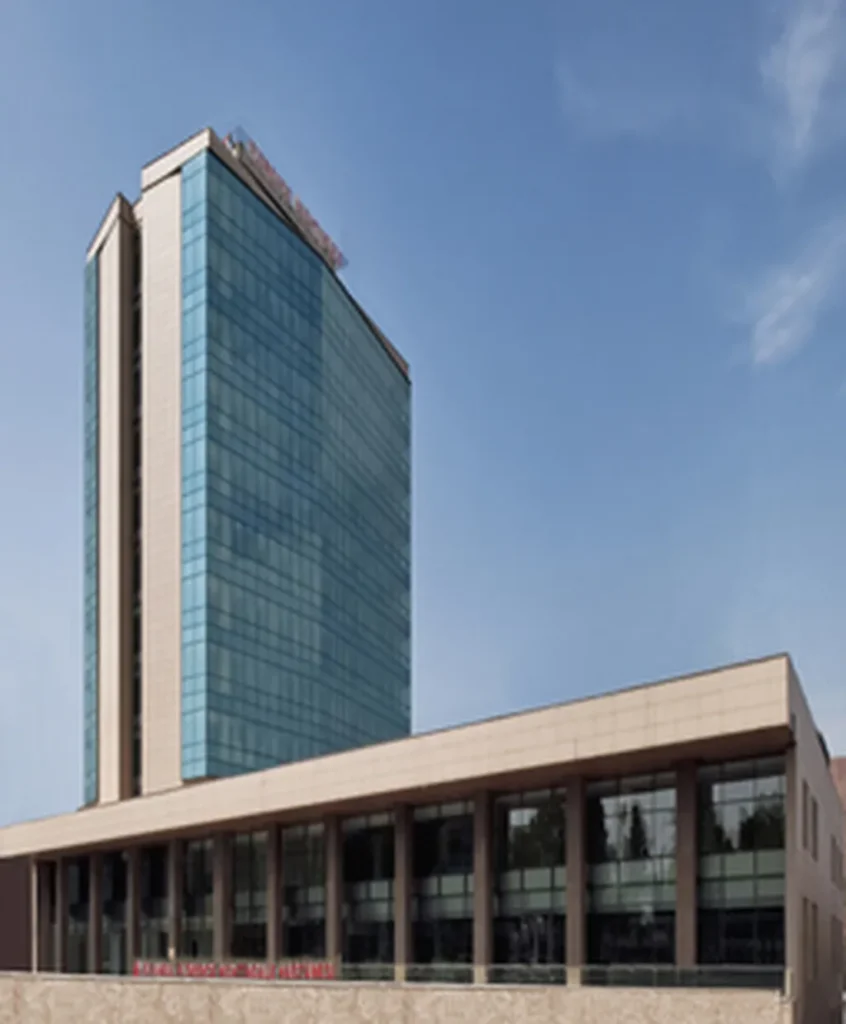In the heart of Istanbul, a pioneering approach to sustainable healthcare infrastructure is taking shape, with the Surgical Sciences Building at Istanbul University’s Çapa Campus setting a new benchmark for energy efficiency and environmental performance. The building, designed with LEED Gold certification in mind, is the subject of a recent study published in the journal Buildings, led by Cemil Akçay from the Department of Architecture at Istanbul University.
The construction sector is a significant contributor to global resource consumption and environmental degradation. As the world’s population grows, so does the demand for sustainable design and construction processes. LEED (Leadership in Energy and Environmental Design) certification has emerged as a powerful tool to reduce environmental impacts, and the Surgical Sciences Building is a testament to its potential.
Akçay and his team conducted a design-phase evaluation of the building’s energy efficiency and sustainability performance, using DesignBuilder software, supported by the LEED Assessment Report and Energy Audit Report. The results are promising: the building is expected to achieve approximately 30% savings in energy consumption and water usage. “The process-oriented LEED approach is not just about achieving a certification label,” Akçay explains. “It’s about integrating sustainable strategies from the earliest stages of project development.”
The building’s renewable energy systems are expected to meet about 13% of its primary energy demand, reducing CO₂ emissions by approximately 151 tonnes per year. Moreover, waste management strategies aligned with LEED criteria aim to achieve up to 80% recycling rates during both construction and operation phases.
The study highlights the importance of embedding LEED principles into the design process, particularly for complex healthcare buildings. “LEED certification, when employed as a process-oriented design and decision-making tool, can enable sustainable strategies to be integrated from the earliest stages of project development,” Akçay notes. This approach has strong potential to enhance environmental performance and reduce operational costs, making it a compelling proposition for the energy sector.
The findings of this study, published in Buildings (translated from Turkish as “Binalar”), offer valuable insights into the broader applicability of LEED in diverse building types and geographic contexts. As the world grapples with the challenges of climate change and resource depletion, the Surgical Sciences Building at Istanbul University serves as a beacon of sustainable design, demonstrating the transformative power of LEED certification in shaping the future of healthcare infrastructure.
The implications for the energy sector are significant. By integrating sustainable strategies into the design process, buildings can reduce their energy demand, lower their operational costs, and contribute to a more sustainable future. As Akçay’s research shows, the key lies in embracing LEED not just as a certification, but as a comprehensive approach to sustainable design and construction. This shift in perspective could revolutionize the way we think about building design, paving the way for a more sustainable and energy-efficient future.

